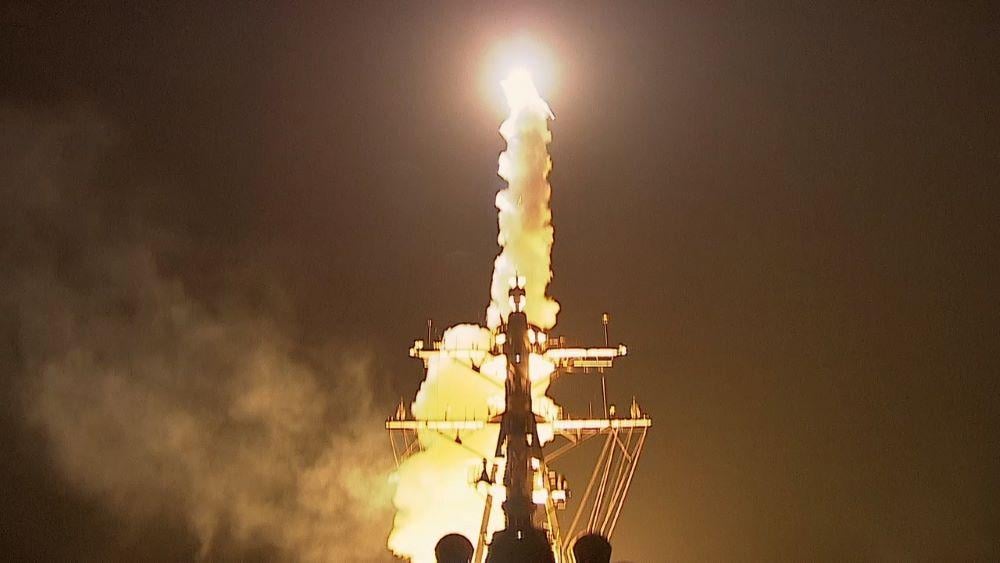This article is published in Aviation Week & Space Technology and is free to read until Aug 16, 2024. If you want to read more articles from this publication, please click the link to subscribe.

The Aegis-configured USS Daniel Inouye (DDG 118) fires an SM-6 during a March 2023 Missile Defense Agency test.
HUNTSVILLE, Alabama—Recent air defense engagements in the Middle East—downing Houthi drones in the Red Sea and the large-scale defense of Israel against an Iranian attack in April—have given the Missile Defense Agency (MDA) and U.S. Navy real-world data to improve air defense radars.
The data is driving quick-turn software improvements to ships at sea and will also help inform the Aegis-based defense of Guam, officials say.
Capt. Matt Erdner, program executive officer for Aegis Ballistic Missile Defense Weapons Systems, says since the attacks began in October a joint team from the Navy, the MDA and industry have formed a team to analyze all of the engagements to find out what worked and what did not to find ways to improve the system.
This allowed the team to put together fixes that were sent to the fleet in as little as two weeks to as long as three months, he says. These updates are first going to deployed ships and are then integrated into overall baselines that will be fielded across the fleet.
This capability is standing by to protect service members in the Middle East “if current intel predictions come to bear,” Erdner said, referring to a potential attack by Iran targeting Israel again.
The Aegis system will be a key component to the MDA”s overall defense of Guam architecture. Ernder says it will be part of the initial flight test in December to prove capabilities on the island, with part of the system moving to its operational site later Aug. 8.





